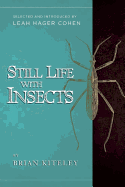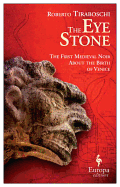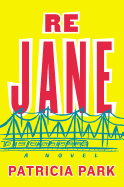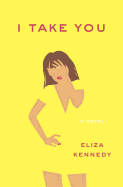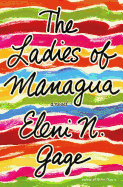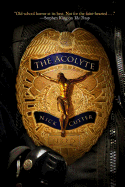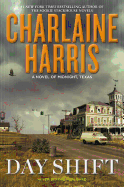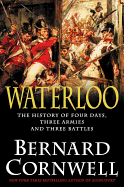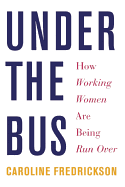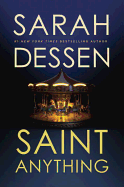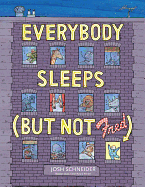_Steve_Lennon_300dpi.jpeg) |
| photo: Steve Lennon |
In 2012, Ann Morgan decided to read her way around the globe, sampling one book each from 196 countries and one territory. Morgan's blog gave birth to her first book, The World Between Two Covers (Liveright, $24.95, May 4, 2015). Morgan has written for the Guardian and the Huffington Post, among other media. She lives in London.
Reading the world, finding a book from every country, was obviously a formidable task. How important was the kindness of strangers?
Very. As I didn't know where to start when it came to finding and choosing books from most places, I relied on the world's booklovers to be my guides. When I launched the project, I just asked for advice and book recommendations, but very quickly people were going much further than that to help me, sending me books and unpublished translations and manuscripts from countries with very little or no commercially available literature in English. In the cases of Sao Tome and Principe and South Sudan, people even translated and wrote things especially for me. I couldn't have read a book from every country without this help.
Publishers often claim inaccessibility and difficulty with translated texts as the reason international literature doesn't sell. Do you think that's an oversimplification? Do readers demand that regional literature conform to their expectations?
I think many readers are more adaptable and accepting of difference and difficulty than publishers often give us credit for. In recent years, people have demonstrated an increasing appetite for literature in translation--in the U.K., for example, several presses that specialize in translated fiction have reported an upsurge in sales. However, it has traditionally been the case that translated literature has sold less well than books written in English. Part of the problem lies with marketing techniques that rely on targeting readers with books that are similar to what they have read before. While these techniques no doubt make good business sense--and often increase the chances of readers enjoying the books they buy--they make it harder for people to break out and find new things.
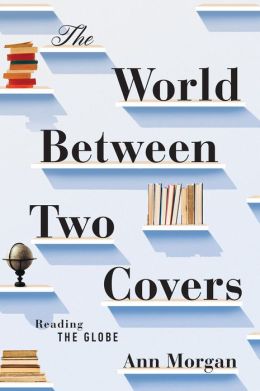 You mention that the 1660s origin of the term "freedom of the press" was the right of every person to have access to printing equipment. Can we now apply that to an uncensored global right to the Internet?
You mention that the 1660s origin of the term "freedom of the press" was the right of every person to have access to printing equipment. Can we now apply that to an uncensored global right to the Internet?
It would be great to see access to the Internet recognized as a universal right. The possibilities it opens up for humankind--in terms of access to information, ideas and each other--are unprecedented and have enormous potential to improve many people's lives. Some countries, such as Spain, Finland and Estonia, have taken steps to enshrine the importance of Internet access in their constitutions or legal codes, or in certain legal precedents. In addition, a 2011 report by the United Nations Special Rapporteur argued for establishing this as a human right. As yet, though, we are some way off from that. Leaving aside the issues of censorship and net neutrality, which threaten to restrict what those who do have internet access in many parts of the world can see or do online, the fact is that only around 40% of the world's population is on the worldwide web, so "freedom of the virtual press" has a long way to go if it's ever to become more than an ideal.
Weltliteratur, world literature, global literature, international literature--if you have to place a label on it, which do you prefer?
Oh gosh. It depends on the context and who I'm talking too. The "world" in the term "world literature" has traditionally been rather narrow--until the mid-20th century it was generally taken to be synonymous with European literature. None of the terms is ideal as each runs the risk of imposing a false worthiness and loftiness upon a text which tells us nothing about the book in question. Most writers don't set out to write a work of "global literature" when they sit down at their desks (or wherever else they go to work); they aim to create something other people will read.
Can you talk a little about the criteria you used to decide which book to read? I understand that in some countries you were lucky to find even one book, but what process did you use to choose, say, Zambra over Bolaño or Goytisolo over Marías or de Queiroz over Saramago?
This varied from country to country. I was led by people's recommendations. Sometimes something would intrigue me and I would get that must-read buzz that grips you when you really want to get into a book. Sometimes many people recommended the same text and that inclined me towards it. At other times, I was drawn to a work precisely because it seemed different and exciting (in the case of countries with lots of options, I usually tried not to make the obvious choices as these already get plenty of attention). And sometimes someone made a compelling argument that pushed me towards certain kinds of books (India being a prime example). It was not a scientific process, but I don't think one person choosing one book from every country could ever be that, particularly in the space of just a year. It was always going to be a mixture of advice, research, personal taste and chance.
Last year I worked on the World Cup of Literature--books from the countries represented in the World Cup competed with each other and advanced based on popular voting. This year is the Women's World Cup. Do you have recommendations for books written by women from Ecuador or Côte d'Ivoire or Cameroon?
Afraid I can't really help you there. The writers I read from these countries were all men and, particularly in the case of Ecuador, it was quite tough to find much in translation at all. (Although I haven't reckoned it up exactly, I estimate the gender split for the project at about a third books by women to two-thirds books by men.) One person did recommend the work of Beatrice Fri Bime (Two Cents for Africa) from Cameroon during my project, so she might well be worth checking out. I know Cameroon in particular does have a number of well-respected women writers, so I hope I get to read their work some day. --George Carroll
Ann Morgan: International Reader
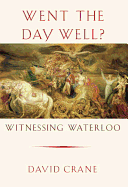 Went the Day Well?: Witnessing Waterloo by David Crane (Knopf) is an hour-by-hour account of June 18, 1815, jumping back and forth between the battle and daily life in England. Waterloo: A New History by Gordon Corrigan (Pegasus) similarly offers "the history, people, places and equipment involved before giving a thrilling account of the battle itself."
Went the Day Well?: Witnessing Waterloo by David Crane (Knopf) is an hour-by-hour account of June 18, 1815, jumping back and forth between the battle and daily life in England. Waterloo: A New History by Gordon Corrigan (Pegasus) similarly offers "the history, people, places and equipment involved before giving a thrilling account of the battle itself."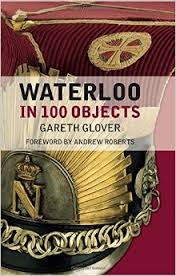 Waterloo in 100 Objects by Gareth Glover (History Press) tells the story of the battle in everyday objects, including bullet-pierced armor, medals, coins--even the teeth of soldiers who died that day. The Battle of Waterloo Experience by Peter and Dan Snow (Andre Deutsch) also makes the battle come to life--through illustrations as well as reproductions of contemporary letters and documents.
Waterloo in 100 Objects by Gareth Glover (History Press) tells the story of the battle in everyday objects, including bullet-pierced armor, medals, coins--even the teeth of soldiers who died that day. The Battle of Waterloo Experience by Peter and Dan Snow (Andre Deutsch) also makes the battle come to life--through illustrations as well as reproductions of contemporary letters and documents.


_Steve_Lennon_300dpi.jpeg)
 You mention that the 1660s origin of the term "freedom of the press" was the right of every person to have access to printing equipment. Can we now apply that to an uncensored global right to the Internet?
You mention that the 1660s origin of the term "freedom of the press" was the right of every person to have access to printing equipment. Can we now apply that to an uncensored global right to the Internet?